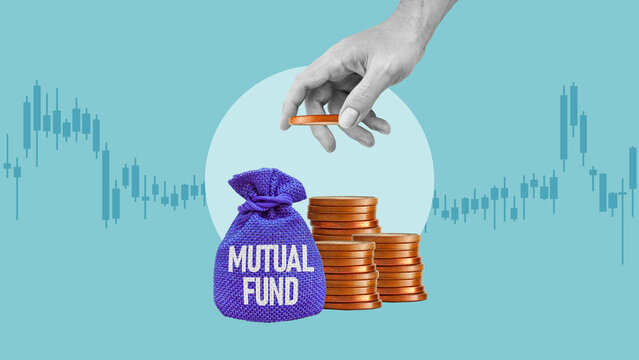7 Key Benefits of Professional Fund Management
1. Expert Analysis: Professional fund managers conduct thorough research and market analysis that individual investors often lack time or resources to perform.
2. Risk Diversification: Spread investments across multiple asset classes, sectors, and geographic regions to minimize portfolio volatility.
3. Cost Efficiency: Benefit from economies of scale in trading costs and access to institutional-grade investment opportunities.
4. Time Savings: Eliminate the need for constant market monitoring and investment decision-making.
5. Professional Networks: Access to exclusive investment opportunities and industry insights not available to retail investors.
6. Regulatory Compliance: Ensure all investments meet legal requirements and fiduciary standards.
7. Performance Tracking: Comprehensive reporting and performance analysis to optimize investment outcomes.



